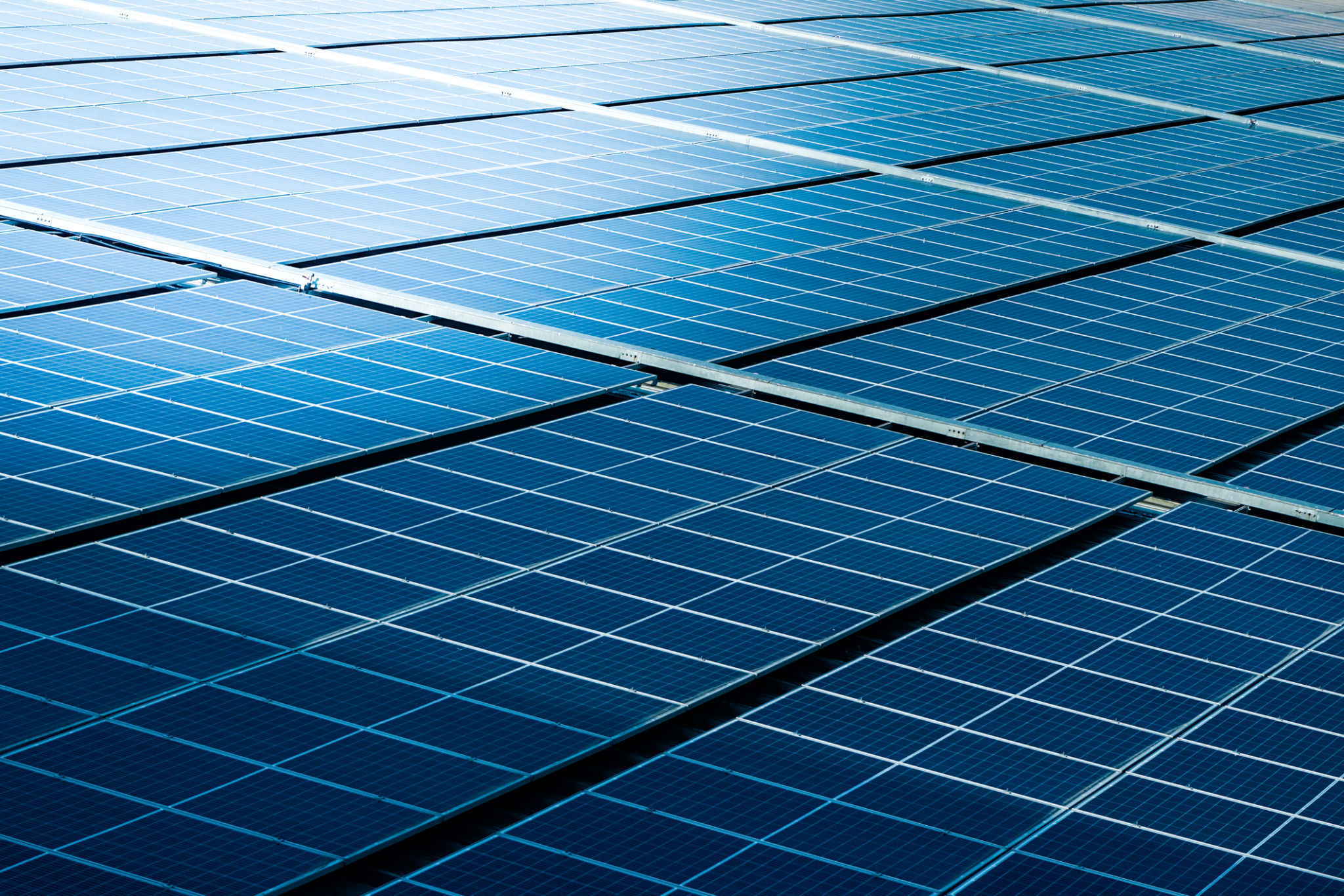Solar Energy vs. Traditional Energy: A Complete Comparison
Understanding Solar Energy
Solar energy harnesses the power of the sun to generate electricity. This renewable energy source is becoming increasingly popular due to its environmental benefits and decreasing cost. Solar panels, typically installed on rooftops, convert sunlight into electricity using photovoltaic cells.

One of the most significant advantages of solar energy is its sustainability. Unlike fossil fuels, the sun's energy is inexhaustible. This makes solar a key player in reducing our carbon footprint and combating climate change.
Exploring Traditional Energy Sources
Traditional energy sources include fossil fuels such as coal, oil, and natural gas. These have powered our world for over a century, providing the foundation for modern industrialization. However, they come with several drawbacks, including pollution and finite availability.

While traditional energy sources have been reliable, their environmental impact is a growing concern. Burning fossil fuels releases greenhouse gases, contributing to global warming and air pollution, which poses health risks worldwide.
Cost Comparison
The cost of solar energy has decreased significantly over the past decade. Advances in technology and increased production have made solar panels more affordable. In many cases, the initial investment in solar can be offset by savings on energy bills over time.
Conversely, traditional energy costs are subject to market fluctuations. Prices can be unstable due to geopolitical tensions and resource scarcity, often leading to higher expenses for consumers.

Efficiency and Reliability
Solar energy systems are highly efficient under optimal conditions, but their effectiveness can be influenced by weather and location. In contrast, traditional energy sources provide continuous power, regardless of environmental conditions.
However, advances in energy storage technology, such as batteries, are improving solar energy's reliability. These innovations allow for the storage of excess energy generated during sunny periods for use during cloudy days or at night.
Environmental Impact
Solar energy boasts a minimal environmental footprint. It produces no emissions during operation and requires less water compared to traditional energy sources. This makes it an environmentally friendly choice in the transition towards a sustainable future.

Traditional energy, on the other hand, contributes significantly to environmental degradation. From extraction to consumption, fossil fuels impact ecosystems, air quality, and contribute to climate change.
Conclusion
In the debate between solar energy and traditional energy, solar presents a compelling case for a cleaner and more sustainable future. While traditional energy sources have been the backbone of development, the shift towards renewable energy is essential for environmental preservation and economic stability.
Ultimately, the choice between solar and traditional energy depends on various factors, including location, budget, and energy needs. However, as technology advances and awareness grows, solar energy is poised to play a crucial role in the global energy landscape.